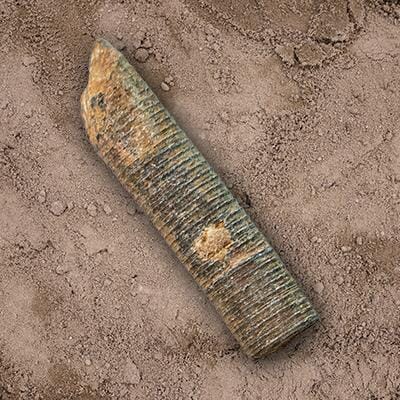
FOSSILS
Crinoids
Crinoids are marine animals that look like flowers. They have an internal skeleton made up of hard plates arranged in a way that allows them to float in water or on the ocean floor with ease.
These ancient organisms were once very common throughout the world's oceans. However, over time, their populations dwindled drastically due to changing environmental conditions and competition with other species over food sources. Eventually, they became extinct altogether—but not before leaving behind their fossilized remains so we could learn more about what life was like back then!
They appeared in the seas of mid-Cambrian times, hundreds of millions of years before dinosaurs. Crinoids flourished during the Palaeozoic and Mesozoic eras, and some species survive to this day. Although their modern forms are often different from those of their fossil ancestors, living crinoids can still provide clues about how extinct ones must have lived.
Crinoids in Geology
Fossil crinoids reveal that the rocks holding their remnants formed in a marine ecosystem, and their presence in Paleozoic strata suggests the presence of shallow water conditions in the past. Their rich remains (especially stem fragments) were consolidated into crinoidal limestone in the early Carboniferous. The presence of entire fossilized crinoids indicates that they were buried quickly in quiet, probably oxygen-depleted seas.
Folklore and Mythology
Because of their similarity to plants or flowers, crinoids are sometimes known as sea lilies. The columnal that make the stem are known as fairy money in some parts of England. Ancient peoples identified star-shaped examples of these with the sun and gave them religious importance.
There is a legend associated with St Cuthbert’s beads of making rosaries by stringing columnal beads into a necklace and hence the name St Cuthbert’s beads.
Useful Links
Subscribe Now
Don’t miss our future updates!
Subscribe Today!
Copyright © 2023 Pigeon Forge Gem Mine. All Rights Reserved




